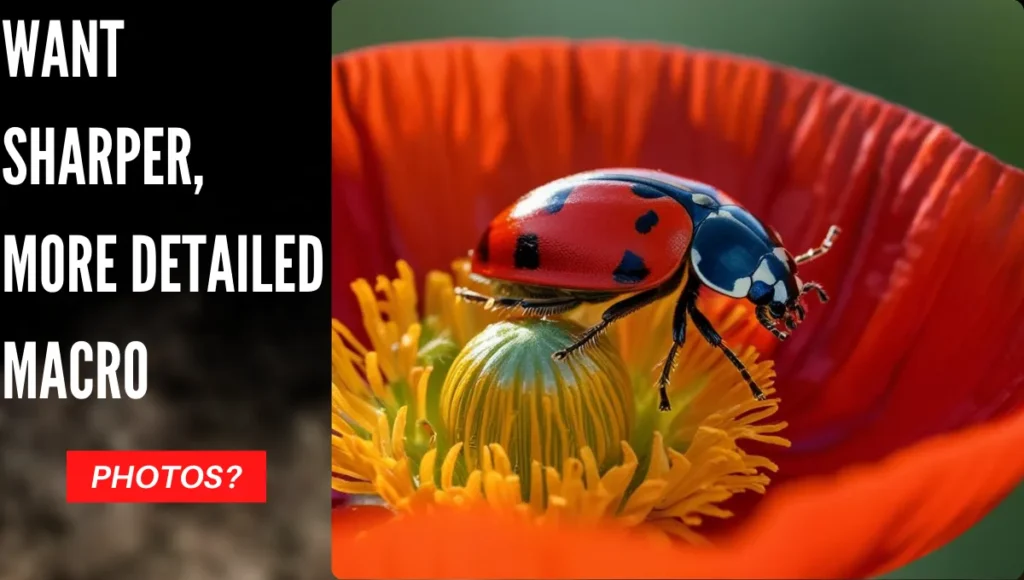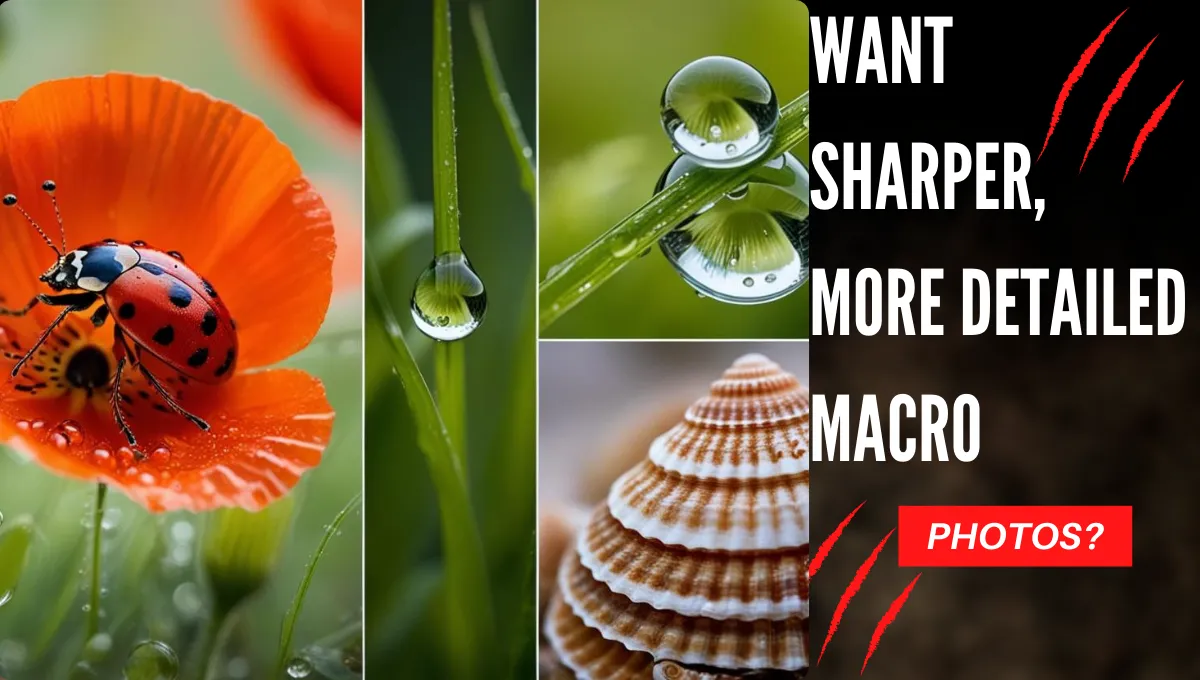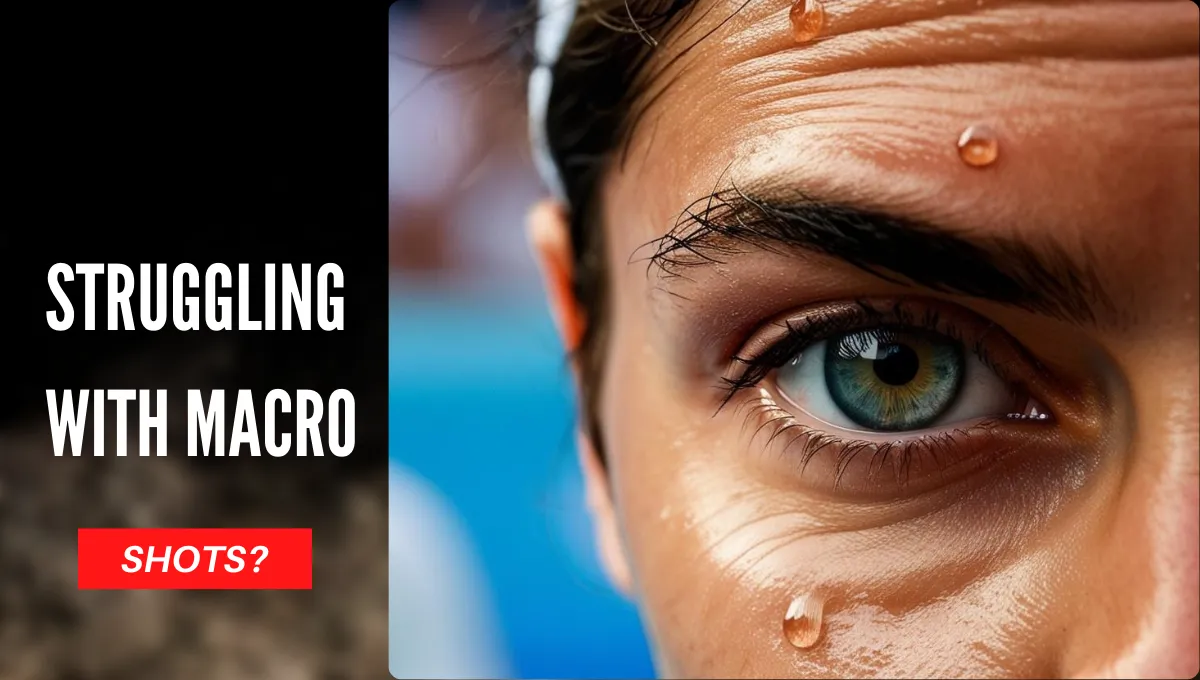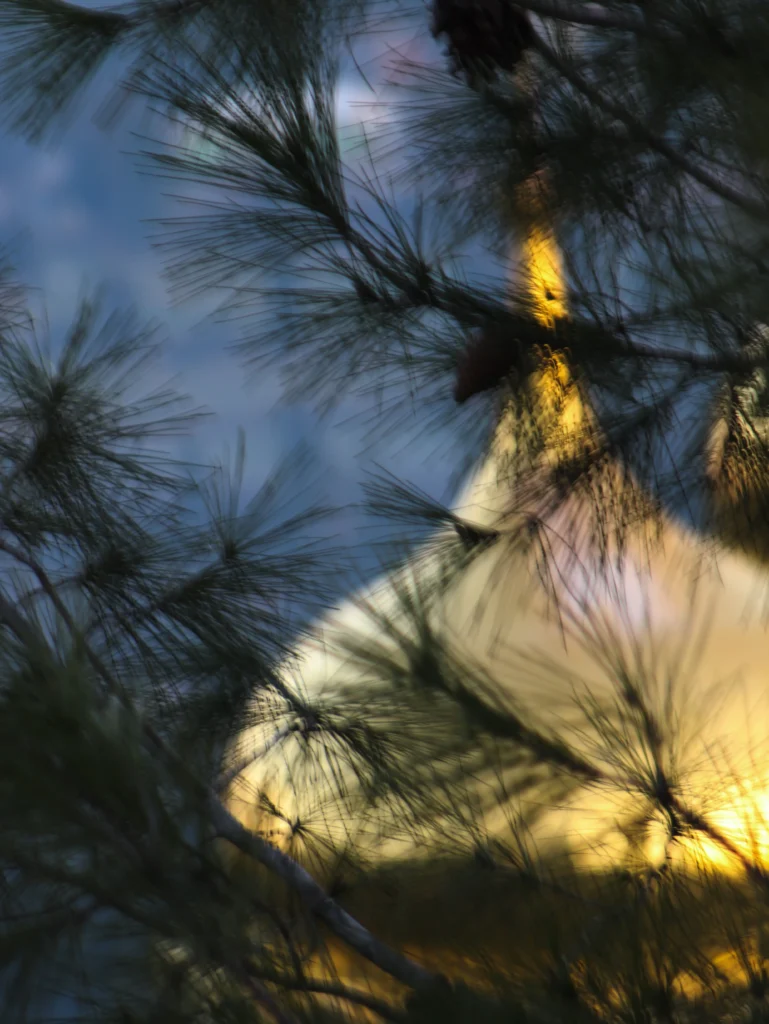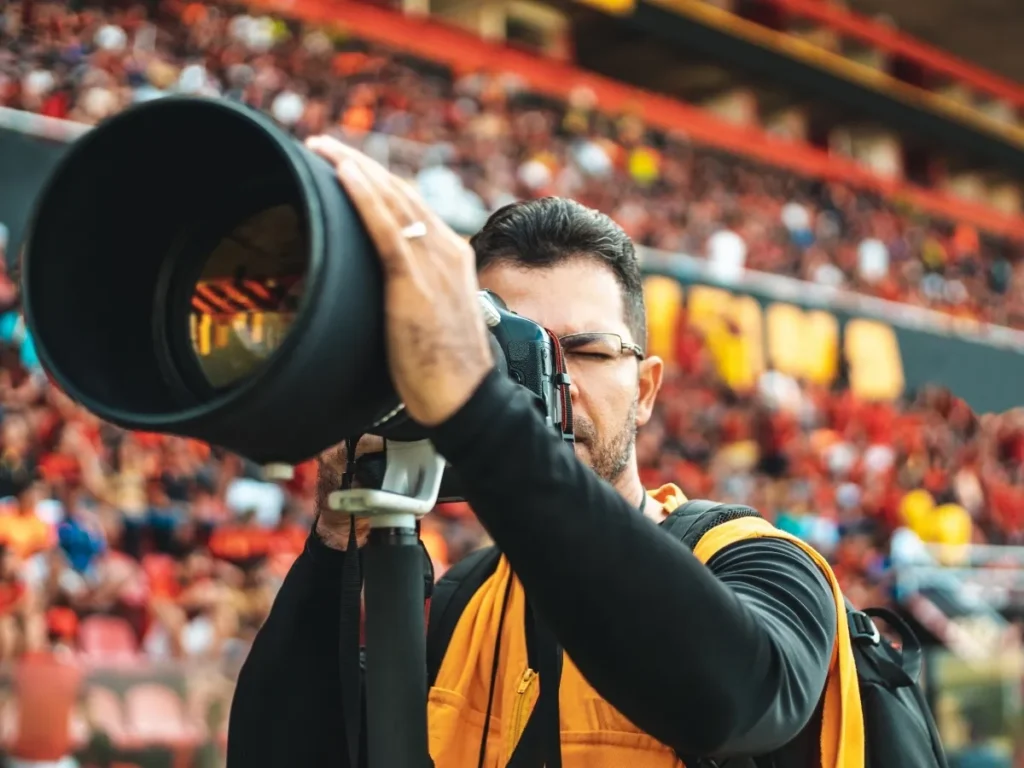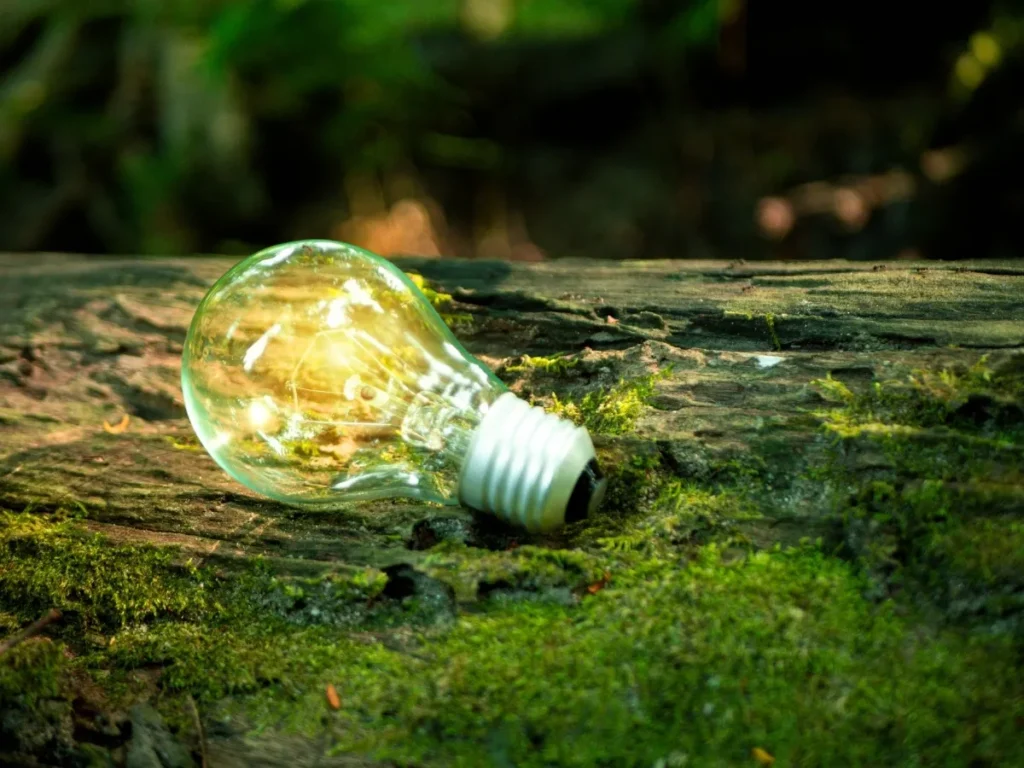Macro photography tips: If you want to shoot macro subjects (insects, ants, small critters) with your Canon system, here’s how to approach it, what to expect (especially vs your 18–150 mm or 24–105 mm), and some lens options + practical tips.
🔍 Macro Photography Basics & Challenges
Before diving into gear, here are the core constraints and principles in macro work:
| Factor | Challenge / Constraint | What to Do |
|---|---|---|
| Magnification / Reproduction Ratio | Macro generally means 1:1 (life‑size) or more (e.g. 2:1, 5:1) — your standard zooms won’t typically reach this level. A 1:1 macro lens places the subject’s real size onto the sensor. | Use a “true” macro lens (1:1 or more) or use close‑up techniques (extension tubes, close‑up filters, reverse lens). |
| The depth of Field (DoF) is extremely shallow | At high magnification, even f/8 or f/11 yields a very narrow focus plane. | Stop down (f/8–f/16), but beware of diffraction; use focus stacking if needed. |
| Lighting is critical | At close distance, natural light often isn’t enough. Shadows, wind, and subject movement complicate things. | Use diffused flash, ring lights, reflectors, or continuous lighting. Use fast shutter or flash freeze. |
| Working Distance / Disturbing the Subject | Getting very close can scare away insects or block light. | Use a longer macro focal length (e.g. 90–180mm) to keep some distance. |
| Stability & Motion | Tiny movements by the camera or the subject are magnified, causing blur. | Use tripods, rails, remote release, mirror lock, or stabilized setups. |
Canon’s own macro/insect photography tips emphasize using a flash, focus stacking, and precise focusing.
Also, macro photography tutorials caution about shallow depth of field and the need to place your focus exactly where it matters (often on the insect’s eye).
Macro Photography Tips: Unveiling Explosive Tiny Worlds!
Step into a realm where the minuscule becomes magnificent! If you’ve ever been captivated by the intricate details of a dewdrop on a petal or the vibrant eyes of an insect, then macro photography is your calling. This isn’t just about getting close; it’s about revealing explosive tiny worlds invisible to the naked eye. In this guide, we’ll dive deep into essential Macro Photography Tips specifically for capturing the stunning beauty of bugs and blooms.
Get ready to transform everyday subjects into extraordinary art. Our Macro Photography Tips will equip you to explore the incredible detail that lies just beneath the surface, making every shot an adventure into the miniature.
How to Photograph Bugs Close Up
Capturing the tiny details of insects can transform ordinary observations into extraordinary art. To truly photograph bugs close up, a macro lens is your best friend; it allows for extreme magnification, making small subjects appear life-sized or even larger on your camera’s sensor. Patience is key, as these subjects are often skittish. Approach slowly and quietly to avoid startling them.
Focus critically, ideally on their eyes, as sharp eyes draw the viewer into the image. Experiment with different angles – getting down to the bug’s eye level can create a more intimate and engaging perspective, making the insect the dominant feature. Consider shooting in the early morning when insects are less active due to cooler temperatures, making them easier to approach and compose.
Best Macro Lens for Insect Photography in 2025
- Look for a working distance range of 90mm to 150mm for the ideal setting.
- Sigma 105mm, Canon 100mm L, Tamron 90mm VC, and Laowa 100mm 2:1 are top options.
- A tripod or monopod helps with stabilization (Macro Photography Tips).
- Use manual focus, focus peaking (if available), or live view magnification to achieve precise focus.
- Consider a ring flash or twin macro flash for consistent lighting.
Bug Photography Tips
For captivating bug photography, mastering a few core tips will make a huge difference.
First, light is crucial. Natural, diffused light on an overcast day or early morning/late afternoon golden hour is often ideal. If natural light is insufficient, consider using a diffused flash to illuminate your subject without harsh shadows, and to “freeze” motion.
Second, stability is paramount. Even tiny movements are magnified in macro shots, so a tripod or monopod is highly recommended. If shooting handheld, use a fast shutter speed to minimize blur.
Third, background matters. A cluttered background can distract from your subject. Use a wide aperture (low f-number) to create a shallow depth of field, blurring the background into a pleasing bokeh that makes your bug stand out.
Finally, always prioritize the insect’s welfare and safety.
Macro Shooting Tips (Insects & Small Creatures)
- Use fast shutter speeds (1/200s or faster) or use flash to freeze motion.
- Use diffused flash (softbox, mini diffusers) to avoid harsh shadows. Many macro photographers rely heavily on flash since natural light often falls short.
- Manual focus is often more reliable; you can move the camera slightly to get perfect focus or use focus peaking.
- Focus stacking: take multiple images at slightly different focus depths and combine them to increase effective depth of field.
- Shoot during dawn or dusk, when insects are less active and ambient light is softer.
- Use small apertures like f/8–f/16, but balance with diffraction limits.
- Keep a clean, non-distracting background (e.g., use boards or colored paper if you can).
- Stabilize your camera: tripod, macro rail, remote release, or beanbag support.
- Be patient and cautious — insects move quickly.
Here’s a detailed comparison of three popular macro lenses: the Sigma 105mm f/2.8 EX DG OS HSM Macro, the Tokina 100mm f/2.8 AT-X Pro D Macro, and the Canon EF 100mm f/2.8L Macro IS USM. Each lens offers unique features catering to different photography needs
Comparing macro lens image stabilization systems
Macro Photography Tips – Ideal Use Cases & Practical Tips
- Sigma 105mm f/2.8 EX DG OS HSM: Ideal for photographers seeking a versatile macro lens with image stabilization, suitable for both macro and portrait photography.
- Tokina 100mm f/2.8 AT-X PRO D: A budget-friendly option for those entering macro photography, offering sharp images and an actual 1:1 magnification ratio.
- Canon EF 100mm f/2.8L Macro IS USM: Designed for professionals requiring high-quality macro capabilities, featuring hybrid image stabilization and weather sealing for various shooting conditions.
Practical Tips
- Stabilization: If you frequently shoot handheld, lenses with image stabilization (such as those from Sigma and Canon) can help reduce camera shake, especially at close distances.
- Autofocus: For fast and quiet autofocus, the Canon’s Ring USM provides superior performance, beneficial for both macro and portrait photography.
- Budget Considerations: The Tokina lens offers excellent macro capabilities at a lower price point, making it an ideal choice for beginners or those on a budget.
- Build Quality: The Canon L-series lens includes weather sealing, providing durability in various environmental conditions.
Sports Photography Considerations
Autofocus Performance:
- Canon EF 100mm f/2.8L Macro IS USM: Features a fast and quiet Ring USM autofocus system, making it more suitable for capturing fast-moving subjects compared to the other two lenses.
- Sigma 105mm f/2.8 EX DG OS HSM: Equipped with a Hyper Sonic Motor, offering moderate autofocus speed, which may suffice for some sports scenarios.
- Tokina 100mm f/2.8 AT-X PRO D: Lacks a high-speed autofocus motor, resulting in slower focus acquisition, which can be a limitation in fast-paced sports photography.
Image Stabilization:
- Canon: Incorporates Hybrid IS, which is beneficial for handheld shooting and reduces motion blur.
- Sigma: Features Optical Stabilizer, aiding in handheld scenarios.
- Tokina: Does not include image stabilization, making it less ideal for handheld sports photography.
- Focal Length:
- All three lenses have focal lengths around 100mm, which may be limiting for sports photography, as it typically requires longer lenses (200mm and above) to capture distant action.
✅ Recommendations
- Canon EF 100mm f/2.8L Macro IS USM: Offers the best autofocus performance among the three, making it the most suitable for sports photography, especially in scenarios where you can be close to the action.
- Sigma 105mm f/2.8 EX DG OS HSM: A viable option for sports photography if budget constraints exist, but be prepared for moderate autofocus performance.
- Tokina 100mm f/2.8 AT-X PRO D: Best reserved for macro and portrait photography due to its slower autofocus and lack of image stabilization.
📸 Tips for Using Macro Lenses in Sports Photography
- Pre-Focus: Anticipate the action and pre-focus on a specific area where the subject is expected to move.
- Use High Shutter Speeds: To freeze motion, use shutter speeds of 1/1000s or faster.
- Stabilization: Use monopods or tripods to reduce camera shake, especially with lenses that lack image stabilization.
- Consider Teleconverters: For lenses like the Sigma, using teleconverters can effectively extend the focal length, providing better reach in sports scenarios.
For dedicated sports photography, lenses with longer focal lengths and faster autofocus systems are generally preferred. However, if you already own any of these macro lenses, they can still be utilized effectively in certain sports situations with the proper techniques.
Sigma 105mm Macro vs Tamron 90mm Macro – Which is Better for Close-Up Photography?
Tamron 90mm (especially VC version) has Vibration Compensation – great for handheld macro.
Sigma 105mm offers slightly longer working distance – helpful with insects.
Both deliver excellent sharpness at f/5.6–f/8.
Tamron is lighter and more compact; Sigma feels more robust in build.
Tamron’s autofocus can be slightly faster in some scenarios.
Is the Sigma 105mm Better Than the Canon 100mm L Macro?
The Canon 100mm L Macro features Hybrid IS, a significant benefit for handheld macro photography.
Canon is slightly sharper across the frame, especially at wide apertures.
Sigma is more affordable but lacks stabilization, unless you opt for the OS version.
Canon’s build is weather-sealed, and Sigma’s is sturdy but not fully sealed.
Best Macro Lens for Insect Photography in 2025
- Look for a working distance range of 90mm to 150mm for the ideal setting.
- Sigma 105mm, Canon 100mm L, Tamron 90mm VC, and Laowa 100mm 2:1 are top options.
- A tripod or monopod helps with stabilization (Macro Photography Tips).
- Use manual focus, focus peaking (if available), or live view magnification to achieve precise focus.
- Consider a ring flash or twin macro flash for consistent lighting.
🔄 Using Your 18–150 mm or 24–105 mm for Macro
These zoom lenses can do “pseudo‑macro” (close-up shots), especially for larger insects or when you don’t require extreme magnification. But they have limitations:
Pros & Strategies
- You already own them; no extra cost.
- At the tele end (150 mm), if the lens can focus closely, you may get decent magnification for larger insects or parts of insects.
- Use extension tubes or close‑up filters to reduce the minimum focusing distance and increase magnification.
- Go into manual focus mode, zoom in, and then adjust by moving the camera forward/backward for fine focusing (especially helpful for insects).
- Combine with a flash or LED to get enough light even when stopped down.
- Use focus stacking (taking multiple images with different focus planes) to increase the apparent depth of field.
Cons & Limitations
- They typically do not reach 1:1 magnification; the magnification will be lower.
- Because their aperture is slower (especially at long focal lengths: f/6.3 in 18–150, or maybe f/4 in 24–105), light is limited.
- The DoF is extremely shallow, making critical focus harder.
- Optical performance at extreme close distances may suffer (soft corners, aberrations).
- Autofocus may struggle at close distances or hunt, so you might need to use manual focus.
In macro discussions, many photographers say you eventually want a dedicated macro lens with 1:1 capability.
Comparing macro lens image stabilization systems
| Feature | Sigma 105mm f/2.8 EX DG OS HSM | Tokina 100mm f/2.8 AT-X PRO D | Canon EF 100mm f/2.8L Macro IS USM |
|---|---|---|---|
| Focal Length | 105mm | 100mm | 100mm |
| Max Aperture | f/2.8 | f/2.8 | f/2.8 |
| Image Stabilization | Yes (Optical Stabilizer) | No | Yes (Hybrid IS) |
| Autofocus Motor | HSM (Hyper Sonic Motor) | AF Motor | Ring USM (Ultrasonic Motor) |
| Minimum Focus Distance | 31.2 cm (12.3 in) | 30 cm (11.8 in) | 30 cm (11.8 in) |
| Maximum Magnification | 1:1 | 1:1 | 1:1 |
| Filter Size | 62mm | 55mm | 67mm |
| Weight | 725g | 515g | 625g |
| Mount Compatibility | Canon EF, Nikon F, Sigma SA | Canon EF, Nikon F | Canon EF |
| Weather Sealing | No | No | Yes |
| Best For | Macro, portraits, handheld work | Budget macro, portraits | Professional macro, handheld, portraits |
| Price Range | Mid-range | Budget | Premium |

